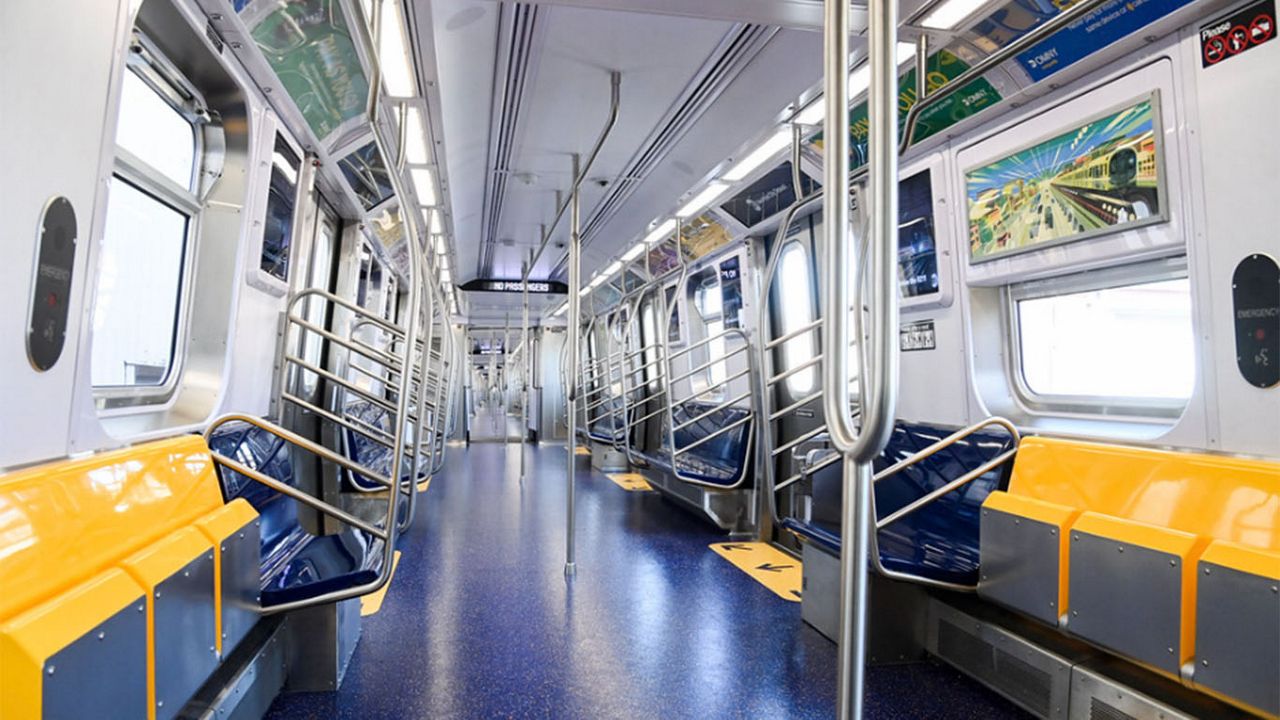To the surprise of users who were in stations where the A line runs, the MTA put into circulation on Friday the first R211 type cars that would eventually take the place of the old cars of the A and C lines.
“That moment when you are waiting for the train and it arrives ✨this one✨.
“New York, welcome aboard the R211.
“Now in service on the A line 🎉,” the MTA wrote in a social media post.
That moment when you’re waiting for the train and ✨this✨ pulls up.
New York, welcome aboard the R211.
Now in service on the A line 🎉 pic.twitter.com/711yPdCv96
— MTA (@MTA) March 10, 2023
The MTA has called these new cars “a modernization effort” of the subway fleet.
The R211s feature 58-inch-wide doors, eight inches wider than the standard doors on today’s cars. The wider gates are designed to speed boarding and reduce waiting time for trains at stations.
These new subway car models include security cameras, additional accessible seats, digital screens that will offer more detailed information specific to the station, brighter lighting and signage, among other features that enhance the customer experience.
The R211 features wider doors, improved digital displays, additional accessible seating, and more. Enjoy your new ride! pic.twitter.com/hlJXpIZdyP
— MTA (@MTA) March 10, 2023
“The commissioning of these cars will be a huge milestone in the MTA’s efforts to modernize our fleet,” MTA President and CEO Janno Lieber said at the time when the new cars were announced.
“These modern subway cars will of course enhance the passenger experience, but they will also complement our signaling improvement efforts and allow us to run more trains and offer more frequent subway service,” added Lieber.
New York City Transit President Richard Davey also said at the car unveiling that these new cars “will help speed up boarding times, run more reliable service and create a more modern passenger experience.”
There is a second type of R211 cars that will also eventually come into service and they are the open gangway cars that have soft, accordion-shaped walls that connect the subway cars and allow travelers to move freely between them.
